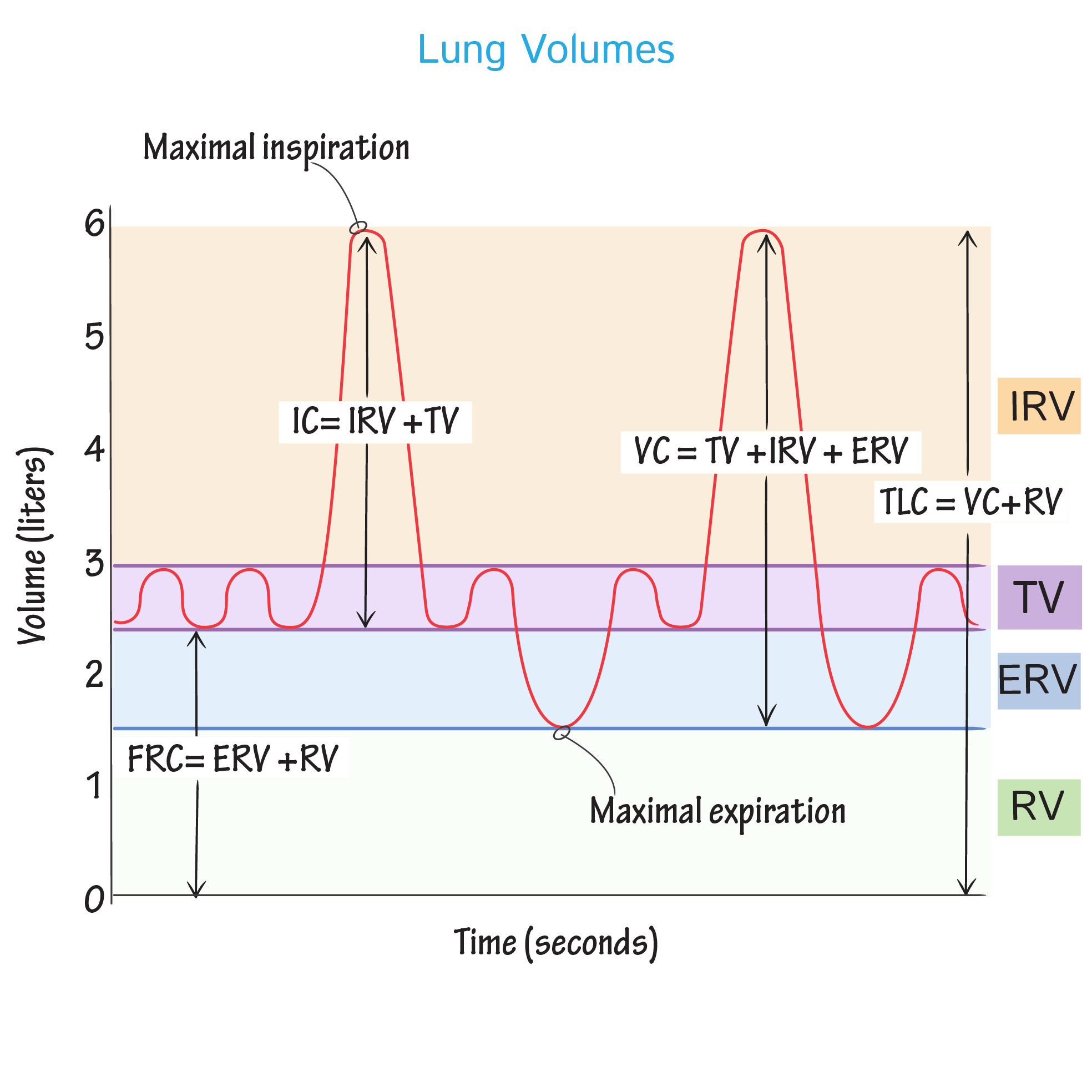
An anatomical shunt develops because the ventilation of the airways does not match the perfusion of the arteries surrounding those airways. Perfusion of the lung is not uniform while standing or sitting, and some of the circulating blood doesn’t make it past the lungs to be oxygenated. Likewise, it takes less energy to pump blood to the bottom of the lung than to the top when in a prone position. When someone is standing or sitting upright, the pleural pressure gradient leads to increased ventilation further down in the lung. The lung is particularly susceptible to changes in the magnitude and direction of gravitational forces. An example of an anatomical shunt is the effect of gravity on the lungs. In these spaces, the lungs are ventilated and receiving enough air, but blood is not being oxygenated in that space because the air is not reaching perfused areas. Anatomical dead space occurs naturally in areas of the lungs that don’t come in contact with alveoli (like the trachea).

Both produce dead space or shunts, regions of ineffective lung tissue.

This difference between the amounts of air and blood reaching the lungs is referred to as ventilation/perfusion (V/Q) mismatch. At times, however, there is a mismatch between the amount of air (ventilation, V) and the amount of blood (perfusion, Q) in the lungs. These capillaries and arteries are not always in use but are ready if needed. As cardiac output increases, the number of capillaries and arteries that are perfused (filled with blood) increases.

This is because of a phenomenon called recruitment, which is the process of opening airways that normally remain closed when cardiac output increases. It is also independent of cardiac output. Pulmonary circulation pressure is very low compared to that of the systemic circulation.


 0 kommentar(er)
0 kommentar(er)
